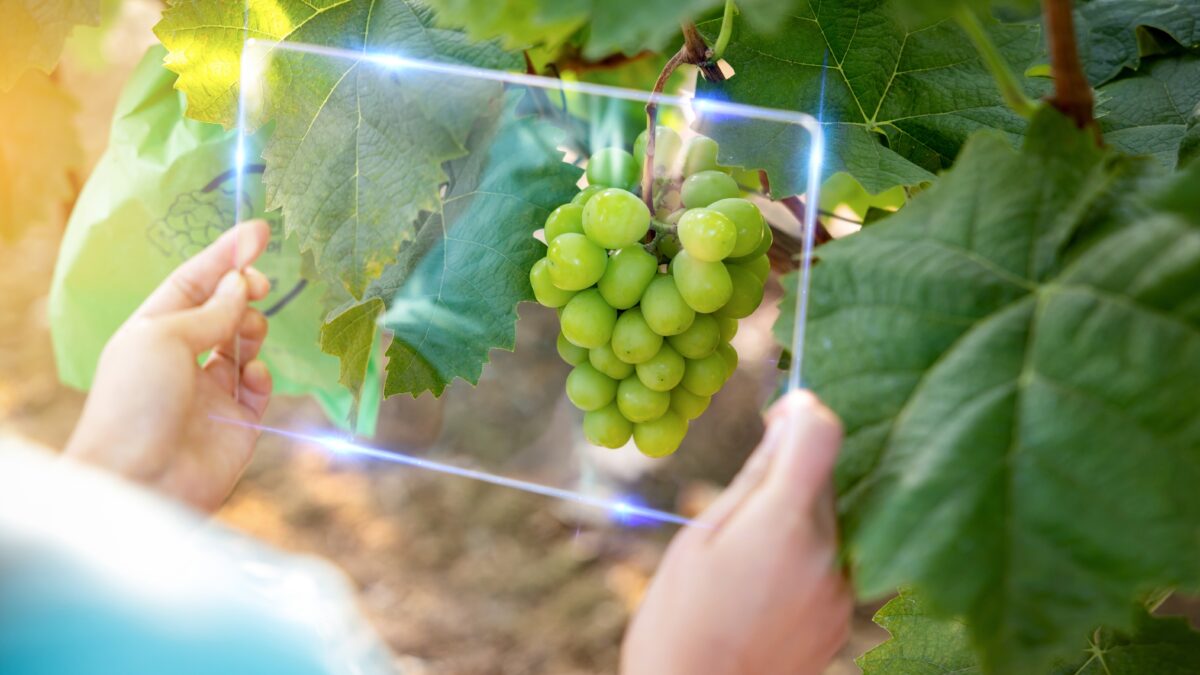Upgrades to spraying equipment and the use of smart electronic systems and sensors to assess leaf area and the presence of diseases increased spray efficiency by over 50% compared to conventional vineyard cultivation techniques. These, among others, were the results of an EU project focused on digital agriculture, with Greece participating through the Agricultural University of Athens. The goal of the programme was to create innovative integrated phytoprotection management strategies for vineyards (mildew), carrot patches (Alternaria) and apple orchards (Fusicladium). The main innovation priorities were 1) prediction and identification of diseases; 2) use of synthetic and biological pesticides; and 3) effective application of pesticides through spraying.
To predict diseases, forecasting models were developed that provided producers with timely predictions regarding the presence and spread of diseases. Furthermore, the optimal combination of plant protection products was found through a series of experiments in which biological preparations often proved to be reliable tools to address diseases. This was also an encouraging finding in the context of the green deal. Finally, upgrades to spraying equipment were a focus of the project. For this reason, numerous smart electronic systems and sensors to assess leaf area and the presence of diseases were integrated. The AUA team played a pivotal role in the development of these systems. Overall, trial runs showed an increase in spray efficiency of over 50% compared to conventional practices.
To identify diseases in vineyards, carrot patches and apple orchards, cameras programmed to recognise the three diseases in the plant matter of the crops under examination (vines, apple trees, and carrots) were used. Thus far, the use of conventional RGB cameras with deep learning algorithms has achieved 89% identification of Fusicladium in apple trees, while preliminary field trials with multispectral cameras yielded identification rates of 100%.
As for mildew in vineyards, RGB cameras had an identification rate of 80%, while improvements to the system resulted in a rate approaching 100%. Systems to identify alternaria in carrots are currently under development.
New preparations
The approach to the rational reduction of pesticides also included evaluations for a series of biological as well as new-gen commercial synthetic pesticides to address the three diseases mentioned above.










